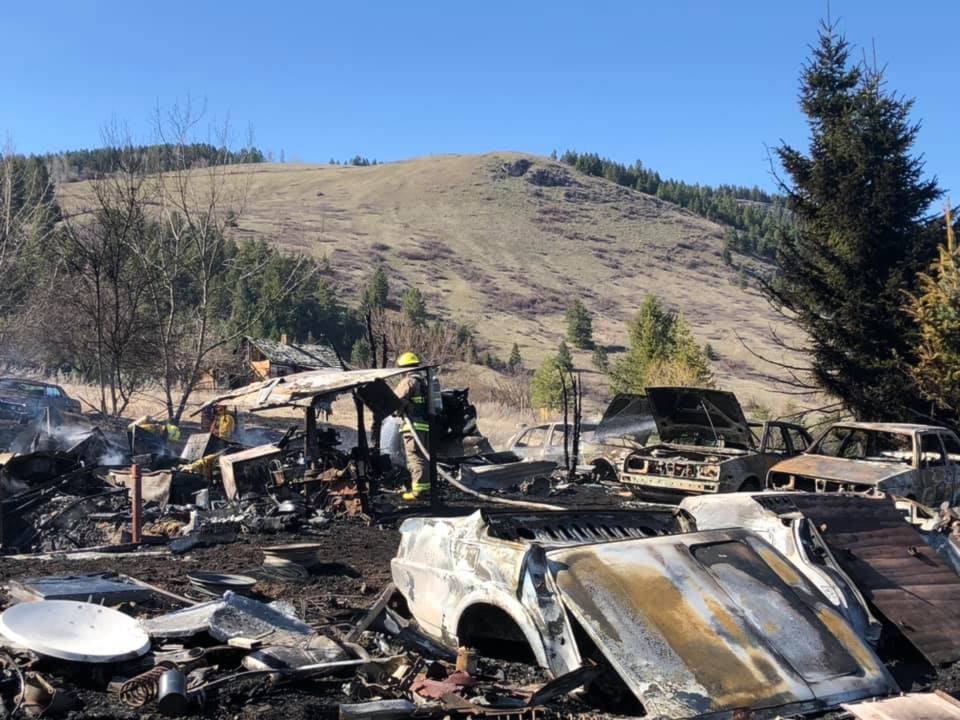Grand Forks and Midway have banned campfires and open burning while Greenwood has also suspended all burning permits within city limits, in an effort to reduce the level of unnecessary contact emergency personnel have. Across the province, more open burning restrictions kick into effect on April 16 to help ensure the same.
The provincial restrictions will apply to Category 2 and 3 open fires, as well as fireworks, sky lanterns and the use of burn barrels of any size.
The Category 2 and 3 prohibitions apply to all public and private land within British Columbia unless specified otherwise (e.g., in a local government bylaw).
“These open burning prohibitions will reduce demands on firefighting resources and help protect the health and safety of the public, as well as BC Wildfire Service staff,” the BC Wildfire Service said.
The early implementation of restrictions across B.C. are directly linked to the COVID-19 pandemic. Where the province cited breathing concerns for implementing some restrictions last month (the virus can heavily impact the lungs), this next round of rules come as experts predict a drier summer and are hoping to protect their human resources from unnecessary contact.
The prohibitions also support the BC Centre for Disease Control’s recommendation to help reduce excess air pollution.
A Category 2 open fire is an open fire, excluding a campfire, that burns piled material no larger than two metres high and three metres wide, or grass over an area less than 0.2 hectares (2000 square metres) in size.
A Category 3 open fire is a fire that burns material in piles larger than two metres high and three metres wide, windrows, or grass larger than 0.2 hectares (2000 square metres) in size. Category 3 fires also require a burn registration number.
Protecting crews for freshet season
Grand Forks fire chief George Seigler said that social distancing is unfeasible when crews pile into trucks to attend calls.
At an April 6 council meeting, he said that he was concerned about the number of calls coming in to his department, “unnecessarily risking transmission at this time.”
His crew already had to respond to one critical call on April 9, when several vehicles appeared to catch fire at a property off of Hardy Mountain Road. Crews from Christina Lake also attended.
Seigler said that he was looking to freshet season in the Boundary, when emergency service workers may have to come together to help sandbag and protect residents.
In asking the city to restrict burn permits, “at least until freshet is completed,” Seigler said that the goal was to not bring his members together unnecessarily.
At the beginning of April, his department received eight calls – all burn complaints – over the course of one weekend, though Seigler said only a duty officer attended each call. Nevertheless, the city’s CAO said, “[Firefighters are] coming together a lot, that’s putting them at risk, and if we want to make sure that we have those human resources available during freshet, we’re going to have to reduce that where possible.”
Regional District of Kootenay Boundary and Grand Forks city staff are currently monitoring Boundary snow and water levels. The region’s snowpack, according to data released by the province on April 7, sits around 122 per cent of its historical average. That percentage is down from March, which was around 134 per cent of that month’s historical average.
With files from Max Winkleman
@jensenedw
Jensen.edwards@grandforksgazette.ca
Like us on Facebook and follow us on Twitter.
